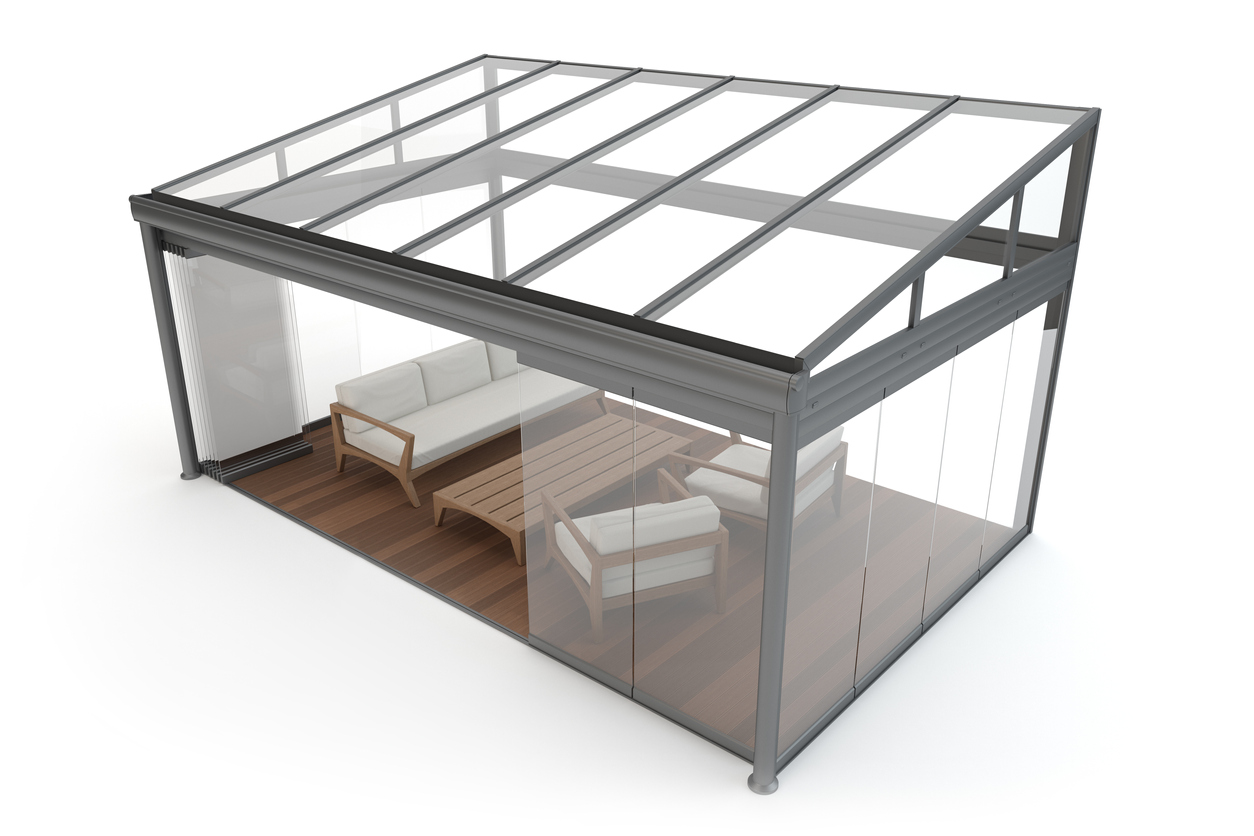Read tips for selecting interior design styles
Selecting an interior design style that aligns with your personality and lifestyle can transform your living space into a true reflection of who you are. With countless design approaches available, from minimalist and modern to traditional and eclectic, understanding the core elements of each style helps you make informed decisions. This guide walks you through practical tips for choosing design materials, exploring layout options, selecting color schemes, and creating functional spaces that feel uniquely yours.

Discover diverse design materials
The materials you choose for your interior design project set the foundation for the overall aesthetic and durability of your space. Natural materials like wood, stone, and marble bring warmth and timeless elegance, while metal accents such as brass, copper, or stainless steel add contemporary sophistication. Textiles play an equally important role—linen, cotton, velvet, and wool each contribute distinct textures and visual interest. When selecting materials, consider both their visual appeal and practical qualities like maintenance requirements, longevity, and how they complement your chosen design style. Mixing materials thoughtfully creates depth and prevents spaces from feeling flat or one-dimensional. For instance, pairing reclaimed wood with sleek metal fixtures can bridge rustic and industrial styles, while combining soft textiles with hard surfaces balances comfort with structure.
Uncover layout possibilities for every space
Effective space planning transforms how you experience your home daily. Start by assessing the natural flow of each room and identifying focal points such as fireplaces, large windows, or architectural features. Furniture arrangement should facilitate conversation in living areas, promote relaxation in bedrooms, and enhance productivity in workspaces. Open floor plans benefit from strategic furniture placement that defines zones without physical barriers—area rugs, lighting fixtures, and furniture groupings can delineate dining areas from living spaces. In smaller rooms, consider multifunctional furniture and vertical storage solutions to maximize usability. Traffic patterns matter significantly; ensure pathways remain clear and that doors can open fully without obstruction. Experiment with different configurations before committing, and remember that layout flexibility allows your space to evolve with your changing needs over time.
Choose color palettes that reflect your style
Color profoundly influences mood and perception within interior spaces. Begin by identifying colors that resonate with you emotionally and align with your desired atmosphere. Neutral palettes featuring whites, grays, and beiges create calm, versatile backdrops that accommodate various accent colors and design changes. Bold color schemes with deep blues, emerald greens, or rich terracottas make dramatic statements and inject personality into rooms. The 60-30-10 rule provides a helpful framework: use your dominant color for 60 percent of the space, a secondary color for 30 percent, and an accent color for the remaining 10 percent. Consider how natural and artificial lighting affects color appearance throughout the day. Test paint samples on multiple walls and observe them in different lighting conditions before making final decisions. Remember that color extends beyond walls to include furniture, artwork, textiles, and decorative accessories.
Tailor interiors to your unique preferences
Your home should tell your personal story and accommodate your specific lifestyle requirements. Begin by honestly assessing how you use each space—do you entertain frequently, work from home, or need dedicated areas for hobbies? Families with young children might prioritize durable, easy-to-clean materials and open sightlines, while empty nesters may focus on creating sophisticated entertaining spaces or home offices. Personal collections, travel mementos, and meaningful artwork should be thoughtfully integrated rather than feeling like afterthoughts. Don’t feel pressured to strictly adhere to a single design style; eclectic approaches that blend elements from different aesthetics often result in the most authentic and interesting spaces. Your preferences may also evolve seasonally—consider incorporating elements that can be easily swapped, such as throw pillows, blankets, and artwork, to refresh your space without major renovations.
Enhance functionality with thoughtful design choices
Beautiful spaces must also serve their intended purposes effectively. Storage solutions should be both accessible and aesthetically pleasing—built-in shelving, hidden cabinets, and furniture with integrated storage keep clutter at bay while maintaining clean lines. Lighting deserves careful attention across three categories: ambient lighting provides overall illumination, task lighting supports specific activities like reading or cooking, and accent lighting highlights architectural features or artwork. Smart home technology can enhance functionality through programmable thermostats, automated lighting systems, and integrated sound systems that blend seamlessly with your design. Consider the practical aspects of material choices—high-traffic areas benefit from durable flooring options, while moisture-prone spaces like bathrooms require water-resistant materials. Ergonomics matter too; ensure that furniture heights, countertop levels, and workspace configurations support comfortable, healthy use. Functionality and beauty need not compete—thoughtful design integrates both seamlessly, creating spaces that look stunning while supporting your daily activities effortlessly.
Bringing your vision to life
Once you have clarified your style preferences, material choices, color palette, and functional requirements, the implementation phase begins. Many homeowners benefit from creating mood boards that compile images, fabric swatches, paint chips, and material samples to visualize how elements work together before purchasing. Start with larger investments like furniture and built-in features, then layer in textiles, artwork, and accessories. Phasing your project allows you to live with initial choices before committing to everything at once, and spreading purchases over time can make the financial investment more manageable. Whether you tackle the project independently or work with professional designers, maintaining a clear vision while remaining open to adjustments as the space develops leads to the most satisfying results. Remember that interior design is an ongoing process rather than a one-time event—spaces should evolve with you, adapting to life changes, new inspirations, and shifting needs while maintaining the core aesthetic that makes your house feel like home.


